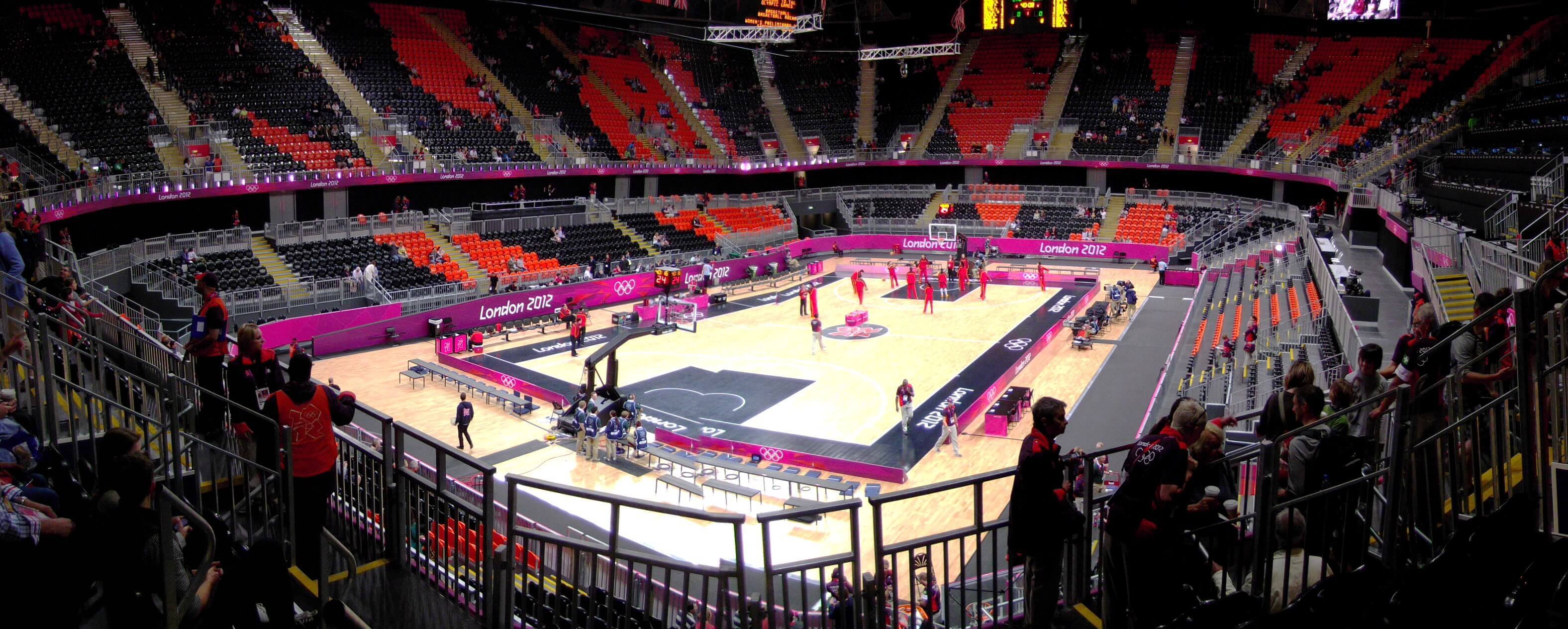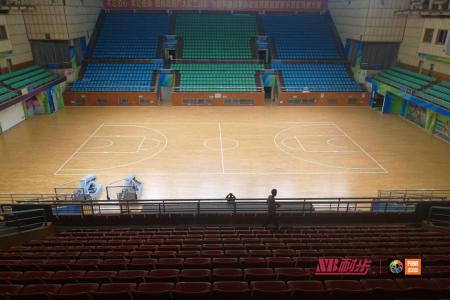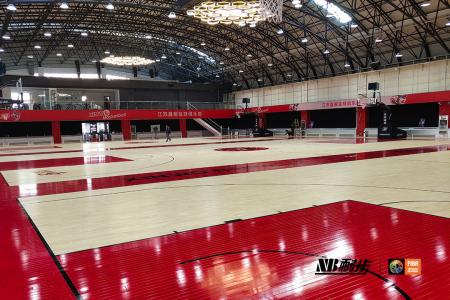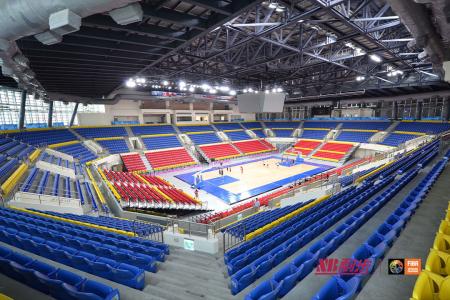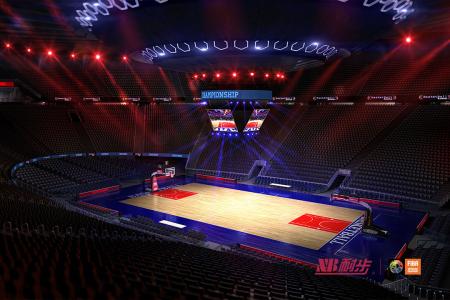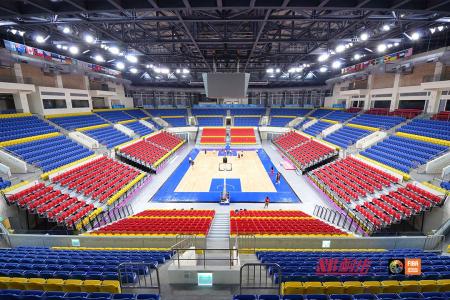Sports wooden floor should pay attention to thickness or production process
When buying the floor, some stores will say that the thicker the laminate floor, the better the foot feel when stepping on it. In this regard, experts and enterprises in the wood flooring industry have expressed their opinions on the thickness of laminate flooring. Some companies believe that laminate flooring has entered "thick" modernism, so the floor is still thicker; while some companies believe that laminate flooring is the best The thickness is 8 mm, and its performance will be greatly reduced if it is higher than this thickness. For the relatively mature laminate flooring that has been in the Chinese market for more than 10 years, is thicker or thinner?
Experts A believe that the best thickness of laminate flooring is 8 mm. Once it exceeds this thickness, its physical properties will have problems. His reasons are as follows:
1. The density of the substrate determines the laminate woodThe comfort and service life of the floor
To achieve better physical performance, laminate flooring substrates must use high-density fiberboard with a density of 0.85 to 0.95 grams per cubic centimeter. The density of high-density fiberboard is closely related to the physical properties of the substrate, and the physical properties of the substrate will increase significantly with the increase of the density of the high-density fiberboard. Studies have shown that the physical properties of the substrate are best within the above density range. From a comfort standpoint, substrates in the above density ranges have similar elasticity, foot feel and temperature feel.
2. The density distribution of the substrate is uniform to meet the reinforcementThe performance of the floor
Controlling the surface density distribution level of the substrate is a key factor in meeting the laying and use of laminate flooring. Controlling the uniformity of the lateral density of the substrate can ensure that the substrate has a uniform density distribution in the width direction, because from the perspective of moisture resistance, the floor surface and the backboard have different degrees of moisture contact due to different usage conditions, and the thickness of different layers has uniform density. It can make the water absorption expansion rate after being damped more consistent, and make the dimensional performance more stable. Since the lock structure is processed based on substrates with different thicknesses between layers, ensuring the uniform density between layers is the key to ensuring the size, strength and bonding force of the lock, and is also an important means to make the reinforced sports wooden floor both beautiful and resistant to deformation.
B experts believe that laminate flooring is not necessarily the best, best performance at 8mm. His reason is that the production process determines the quality of the wooden floor.
At present, some domestic enterprises have developed laminate floors with a thickness greater than 8 mm. The thickness of the base material used in this type of floor is generally between 9 and 12 mm, the requirements for the base material are the same as 8 mm, and the surface density needs to reach about 1100kg/m3, which is necessary for the production of thickened laminate floors. condition. The high-density area of this type of floor substrate is similar to the 8mm floor, but the second high-density area is thicker than that of the 8mm floor, so its elasticity and stability are greatly improved, and the foot feel is better. .
Not only that, due to the increased thickness of the floor, the sound absorption of the floor is stronger, effectively reducing noise. Taking the imitation solid wood floor as an example, it adopts the thickened floor substrate, effectively combines the advantages of the laminate floor and the solid wood floor, and changes the original plane printing wood grain method to the three-dimensional wood grain synchronous pressing and printing, truly Showing the natural log style, this kind of floor not only visually brings a real solid wood feeling to consumers, but also strives to create a solid wood-like comfortable quality and good mute effect on the foot feel.
The production of laminate floors with a thickness of more than 8 mm has a high level of production equipment and technical level.Therefore, only the indicators of products produced by large and professional enterprises can meet the relevant standards. Therefore, what we need to recognize when purchasing laminate flooring is that the determinant of quality is not thickness, but the key depends on the material, strength and craftsmanship of the manufacturer.
When buying the floor, some stores will say that the thicker the laminate floor, the better the foot feel when stepping on it. In this regard, experts and enterprises in the wood flooring industry have expressed their opinions on the thickness of laminate flooring. Some companies believe that laminate flooring has entered "thick" modernism, so the floor is still thicker; while some companies believe that laminate flooring is the best The thickness is 8 mm, and its performance will be greatly reduced if it is higher than this thickness. For the relatively mature laminate flooring that has been in the Chinese market for more than 10 years, is thicker or thinner?
Experts A believe that the best thickness of laminate flooring is 8 mm. Once it exceeds this thickness, its physical properties will have problems. His reasons are as follows:
1. The density of the substrate determines the laminate woodThe comfort and service life of the floor
To achieve better physical performance, laminate flooring substrates must use high-density fiberboard with a density of 0.85 to 0.95 grams per cubic centimeter. The density of high-density fiberboard is closely related to the physical properties of the substrate, and the physical properties of the substrate will increase significantly with the increase of the density of the high-density fiberboard. Studies have shown that the physical properties of the substrate are best within the above density range. From a comfort standpoint, substrates in the above density ranges have similar elasticity, foot feel and temperature feel.
2. The density distribution of the substrate is uniform to meet the reinforcementThe performance of the floor
Controlling the surface density distribution level of the substrate is a key factor in meeting the laying and use of laminate flooring. Controlling the uniformity of the lateral density of the substrate can ensure that the substrate has a uniform density distribution in the width direction, because from the perspective of moisture resistance, the floor surface and the backboard have different degrees of moisture contact due to different usage conditions, and the thickness of different layers has uniform density. It can make the water absorption expansion rate after being damped more consistent, and make the dimensional performance more stable. Since the lock structure is processed based on substrates with different thicknesses between layers, ensuring the uniform density between layers is the key to ensuring the size, strength and bonding force of the lock, and is also an important means to make the reinforced sports wooden floor both beautiful and resistant to deformation.
B experts believe that laminate flooring is not necessarily the best, best performance at 8mm. His reason is that the production process determines the quality of the wooden floor.
At present, some domestic enterprises have developed laminate floors with a thickness greater than 8 mm. The thickness of the base material used in this type of floor is generally between 9 and 12 mm, the requirements for the base material are the same as 8 mm, and the surface density needs to reach about 1100kg/m3, which is necessary for the production of thickened laminate floors. condition. The high-density area of this type of floor substrate is similar to the 8mm floor, but the second high-density area is thicker than that of the 8mm floor, so its elasticity and stability are greatly improved, and the foot feel is better. .
Not only that, due to the increased thickness of the floor, the sound absorption of the floor is stronger, effectively reducing noise. Taking the imitation solid wood floor as an example, it adopts the thickened floor substrate, effectively combines the advantages of the laminate floor and the solid wood floor, and changes the original plane printing wood grain method to the three-dimensional wood grain synchronous pressing and printing, truly Showing the natural log style, this kind of floor not only visually brings a real solid wood feeling to consumers, but also strives to create a solid wood-like comfortable quality and good mute effect on the foot feel.
The production of laminate floors with a thickness of more than 8 mm has a high level of production equipment and technical level.Therefore, only the indicators of products produced by large and professional enterprises can meet the relevant standards. Therefore, what we need to recognize when purchasing laminate flooring is that the determinant of quality is not thickness, but the key depends on the material, strength and craftsmanship of the manufacturer.

